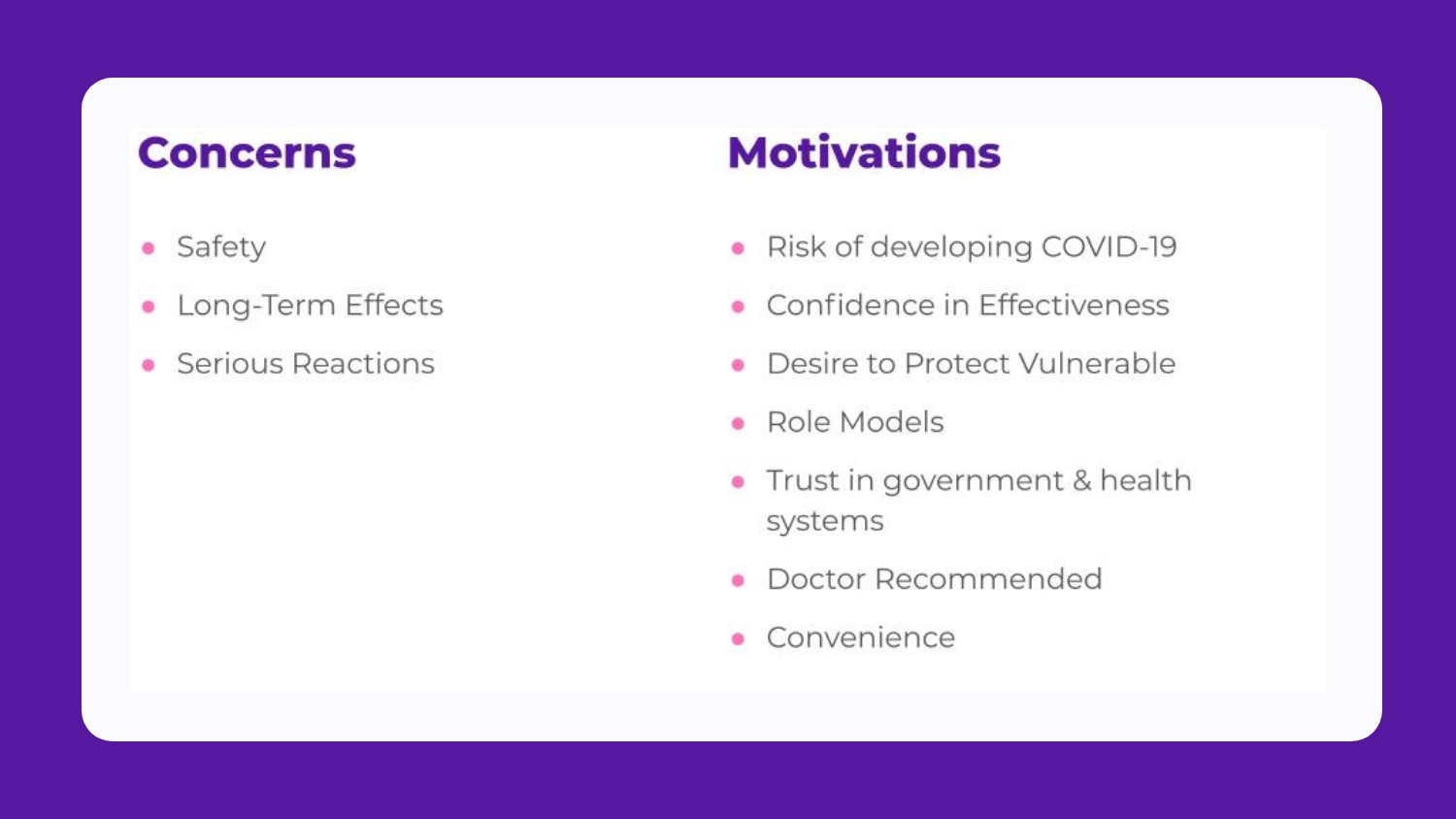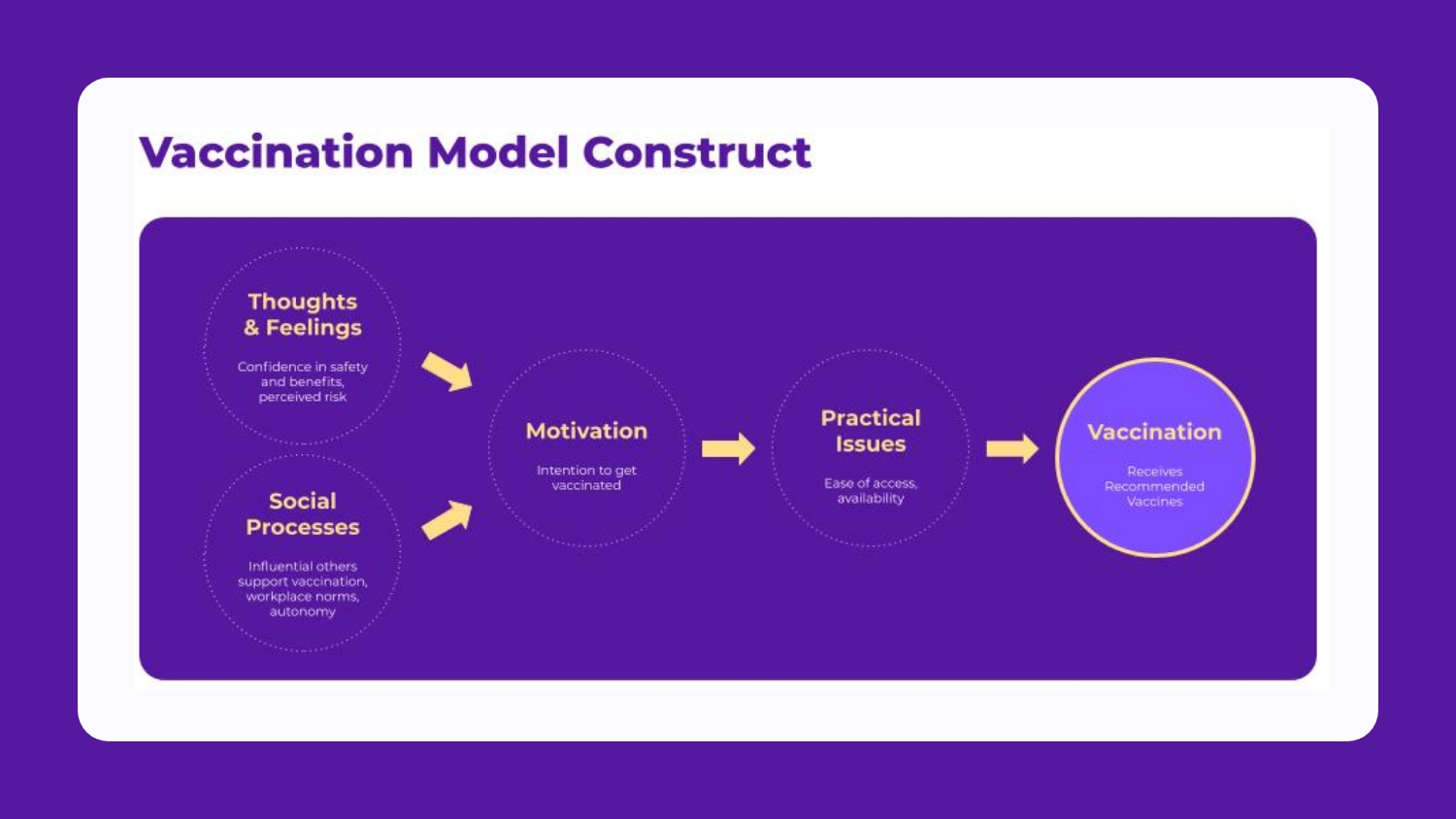For some, hesitancy and uncertainty sprouted from the inconsistencies in the available information regarding COVID-19. For others, it was the complicated medical terms, which range from the simplest health concerns to more complex issues, like vaccinations. But can you imagine what it would be like if this information weren’t in your native language?
Associate Professor Holly Seale (School of Population Health, University of New South Wales) and her team noticed this challenge among various cultural groups in Australia, including migrants and refugees. They felt the need to bridge the gaps in how the topics around COVID-19 were communicated and make the vaccine universally accessible.
That was the inception of a comprehensive medical glossary that addresses new public health and vaccination terms related to COVID-19. This glossary has been translated into 31 languages (and counting!) to help non-English speaking Australians better understand the COVID-19 vaccine and related terms.
In this webinar, Professor Seale and Rachel Carey, Technical Writer at Smartling, discuss:
- How a comprehensive medical & COVID-19 vaccination glossary was developed
- The glossary’s translation process
- How this glossary brings vital information to non-English speakers in 30+ languages
- How anyone can utilize this glossary
While the diversity within communities is valuable, there are challenges the people from the culturally and linguistically diverse groups face regarding access to healthcare. These challenges arise due to the lack of necessary support for them to navigate accurate information on COVID-19 and healthcare as a whole.
When the COVID-19 pandemic began and the vaccine became available, there was an apparent disparity in vaccine coverage throughout Australia and around the world.
For someone to accept a vaccine, they need to feel that they understand the rationale for getting vaccinated. They need to understand the disease, how it’s transmitted, and what impact vaccination has. They also need confidence in the development process, the vaccine providers, and the government. For all these boxes to be checked, they need to be able to engage with accurate information.


Development of the COVID-19 Vaccination Glossary
The culturally and linguistically diverse groups often have to rely on their community leaders and faith-based leaders to talk and gain information about current issues – and of course, during the pandemic, about COVID-19. Unfortunately, however, many of the existing resources on COVID-19 involved a lot of jargon. This called for an easy way to break down the complicated information so that they could have a productive conversation with anyone in their community about the matter.
So Professor Seale set out to develop an easy tool for anyone, even those without the medical background – like those working in multicultural healthcare settings, those working with people with low literacy levels, and community leaders, faith leaders, youth leaders, etc. – can have the opportunities to reach and support people in the community.
As mentioned earlier, the existing glossaries for vaccinations generally tend to use highly technical definitions. This COVID-19 glossary uses a simplified version of the technical definitions suitable for everyday use, so anyone, regardless of their literacy and health literacy level, can feel confident in using these terms in their conversations.
The Team
The development of the multilingual COVID-19 vaccination glossary was made possible with many volunteer hours of the members of the University of New South Wales, the government, NGOs, refugee services, and Sydney Health Literacy Lab, and immunization experts, translators, and community/faith leaders.
The immunization experts worked hand in hand with the linguistic and health literacy experts to ensure that technical information meets various literacy levels and that the simplified definitions stayed true to the original meaning.
What has been apparent in the mass media is that the inaccurate interchanging of COVID-19-related terms was causing much confusion. So the team felt it is critical to ensure consistency in the definitions to avoid misinformation, which has been undermining the pandemic efforts and affecting the trust levels.
The Build
The process of building the glossary involved frequent back and forth between translators, those in immunization, and those in community leadership to arrive at translations that hit the marks.
Identifying Terms: The team called out for experts around the world to send in terms that they were using during the pandemic as part of the implementation of the COVID-19 vaccination programs. Some terms in the glossary apply to immunization in general, while some are specific to COVID-19.
Evaluating Health Literacy & Simplifying Terms: In the English version of the glossary, there is a row of “definition,” which is the technical definition of each term, and there is a row of “simplified definition.” They took the definitions to the point they feel comfortable using them in their everyday speech to help enhance the understanding of COVID-19 terms and ensure consistency.
The Identification of Languages: The glossary was translated into 31 languages relevant to the large migrant groups in Australia and those of the newly emerging communities, especially those without established support networks. During the in-depth interviews with organizations that support migrants and refugees in Australia, the team could understand what is working and not working in communication during the pandemic regarding vaccine rollout, testing, quarantine, etc. The conversations shaped the team’s understanding of which communities needed enhanced support, such as those without established organizations or communication platforms specific to their language or culture.
Translating Terms: Three translators were assigned to each language. Two translators who are certified by the national translation authority translated the terms and came to a consensus. And all translations were reviewed by a third translator.
The Implementation
The glossary was made available in time for the vaccine rollout. After an official launch of the glossary, it was promoted and distributed through network emails, social media, and communication workshops led by those in immunization for health providers, vaccine ambassadors, community leaders, and more.
Beyond the health sector, this glossary is applicable in workplaces, schools, communities, and various public and private organizations to support vaccine uptake and conversations about the pandemic.
We hope that this glossary will be an opportunity to refresh our understanding of the COVID-19 jargon and continue to provide a resource that everyone feels comfortable and confident in using every day.
For any questions about this glossary, how best to use this tool, and ways to communicate effectively with people about COVID-19, please contact Professor Seale at h.seale@unsw.edu.au, Twitter, or LinkedIn. To learn more about creating meaningful experiences for your audience in any language, visit Smartling translation services page.








